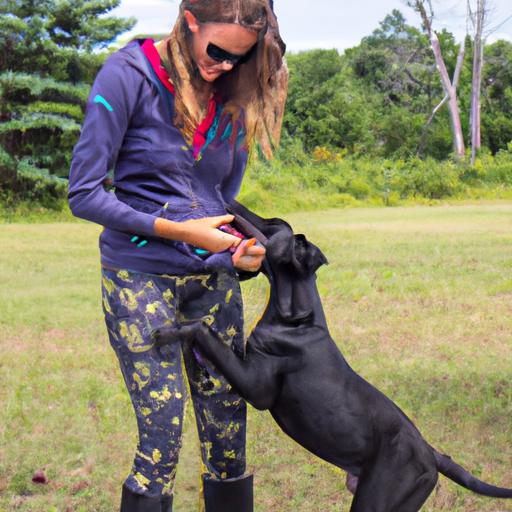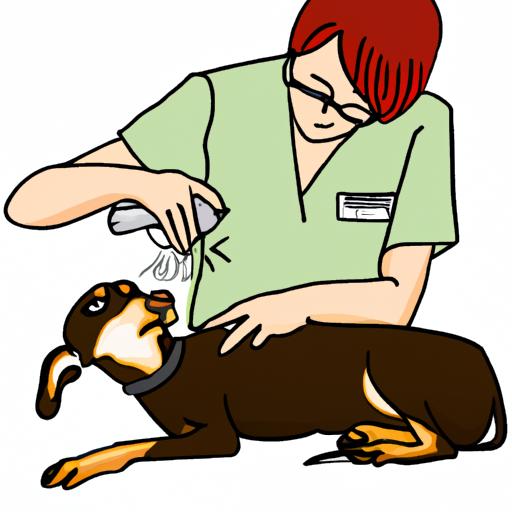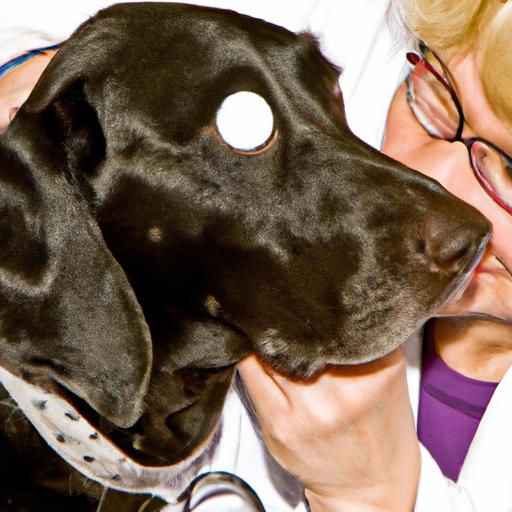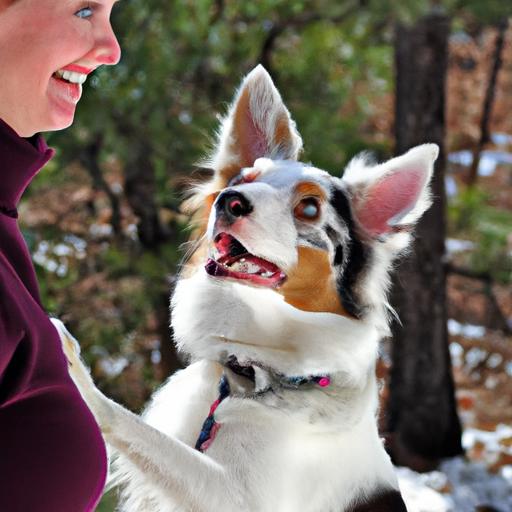
Canine Influenza: Identifying Respiratory Infections
Learn how to identify and prevent respiratory infections in dogs, focusing on Canine Influenza. Discover symptoms, transmission, and FAQs. Keep your pup healthy!
Introduction
When it comes to our furry friends, their health and well-being are of utmost importance. One area that requires special attention is identifying respiratory infections in canines. One such infection that pet owners should be aware of is canine influenza. In this article, we will delve into the world of canine influenza, exploring its causes, symptoms, and the importance of early detection and prevention.

Understanding Canine Influenza
Definition and Causes of Canine Influenza
Canine influenza, also known as dog flu, is a highly contagious respiratory infection caused by influenza viruses that primarily affect dogs. The two main strains of canine influenza viruses are H3N8 and H3N2, which originated from equine and avian influenza, respectively. These viruses have the potential to spread rapidly among dogs, leading to outbreaks in kennels, shelters, and other communal dog environments.
Transmission and Risk Factors
Just like human influenza, canine influenza is transmitted through respiratory secretions. Infected dogs can spread the virus through coughing, sneezing, or direct contact with contaminated surfaces. Dogs that socialize frequently, such as those attending dog parks, dog shows, or boarding facilities, are at a higher risk of contracting the virus.
Symptoms and Clinical Signs
Identifying the symptoms of canine influenza is crucial for early detection and treatment. The typical signs include coughing, sneezing, nasal discharge, lethargy, fever, and loss of appetite. In severe cases, dogs may develop pneumonia, which can be life-threatening. It is important to monitor your dog closely and seek veterinary care if any of these symptoms arise.
FAQ: Frequently Asked Questions about Canine Influenza
As pet owners, it is natural to have questions about canine influenza. Here are some commonly asked questions and their answers:
What is canine influenza?
Canine influenza is a contagious respiratory infection caused by specific influenza viruses that affect dogs.
How is canine influenza different from other respiratory infections in dogs?
Unlike other respiratory infections, canine influenza is caused specifically by influenza viruses and can spread rapidly in communal dog environments.
Can humans catch canine influenza?
No, canine influenza is not known to infect humans. It primarily affects dogs.
How is canine influenza transmitted?
Canine influenza is primarily transmitted through respiratory secretions when infected dogs cough, sneeze, or come into direct contact with contaminated surfaces.
What are the common symptoms of canine influenza?
Common symptoms of canine influenza include coughing, sneezing, nasal discharge, lethargy, fever, and loss of appetite.
How long does it take for a dog to recover from canine influenza?
The recovery time can vary depending on the severity of the infection. In most cases, dogs recover within two to three weeks with proper veterinary care and supportive treatment.
Is there a vaccine available for canine influenza?
Yes, vaccines are available for both H3N8 and H3N2 strains of canine influenza. Vaccination can help reduce the severity and spread of the virus.
How can I prevent my dog from getting infected with canine influenza?
To prevent canine influenza, ensure your dog receives regular vaccinations, limit their exposure to infected dogs or communal environments during outbreaks, practice good hygiene by washing your hands and disinfecting surfaces, and consult your veterinarian for further guidance.
Conclusion
Identifying respiratory infections in canines, such as canine influenza, is crucial for their overall health and well-being. By understanding the causes, symptoms, and transmission of canine influenza, pet owners can take proactive measures to protect their furry companions. Early detection, prompt veterinary care, and vaccination play vital roles in preventing the spread of this contagious infection. Remember to stay informed, ensure regular veterinary check-ups, and take necessary precautions to keep your canine friends safe and healthy.
As responsible pet owners, let’s prioritize the health and happiness of our four-legged family members by staying vigilant and proactive in the face of respiratory infections like canine influenza. Together, we can create a safer environment for our beloved canines.





























.jpg)
